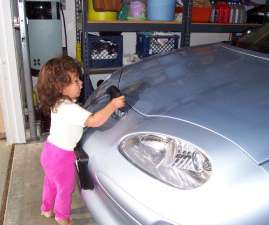Latest GHG Inventory shows California remains below 2020 emissions target; much steeper rate of GHG reductions required
Green Car Congress
OCTOBER 23, 2020
The data shows a slight increase in overall emissions from the previous year, and a slight decline in emissions from transportation, which is the state’s main source of both GHGs and air pollutants. Per capita GHG emissions in California have dropped from a 2001 peak of 14.0 Source: California Air Resources Board (ARB).

























Let's personalize your content